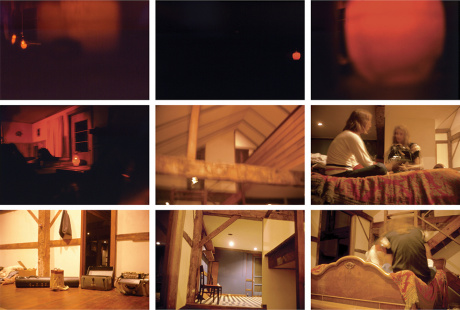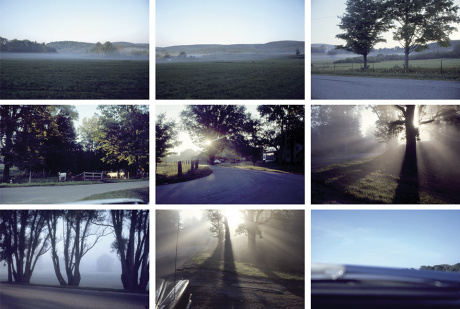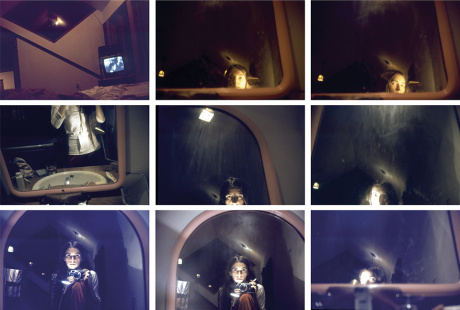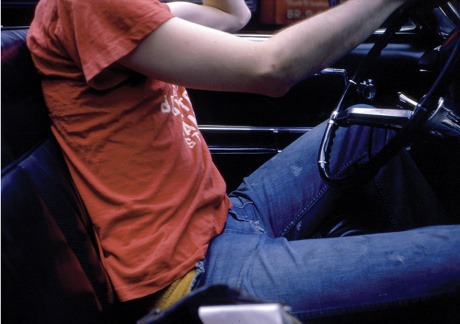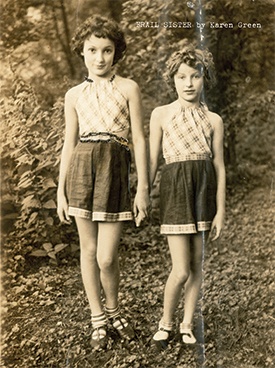En juillet 1971, Bernadette Mayer se lance dans une expérience : Pendant un mois, elle prend un rouleau de film 35mm et tient un journal quotidien. Le résultat est un travail conceptuel qui étudie la nature de la mémoire, ses surfaces, ses textures et ses matériaux. La mémoire est à la fois monumentale (plus de 1100 photographies, deux cents pages de texte et six heures d’enregistrement audio) et une œuvre révolutionnaire d’une poétesse largement considérée comme l’un des écrivains les plus novateurs de sa génération. Présageant les œuvres de poésie diaristes, durables et fondées sur la contrainte, Mayer témoigne également de sa contribution extraordinaire — et non dissimulée — à l’art conceptuel.
Mayer a qualifié la mémoire de « projet de science émotionnelle », mais elle est loin d’être confessionnelle. Plutôt, ce disque audacieusement expérimental suit l’œil du poète alors qu’il traverse tôt le matin dans la nuit, comme des minuties quotidiennes se métamorphosent dans le lyrique, comme son flux de conscience devient incantatoire. L’espace de mémoire dans l’œuvre de Mayer est hyper précis mais aussi évanescent et expansif. Dans le texte comme dans l’image, Mayer construit la conscience mercuriale et fugace du moment présent à partir duquel la mémoire est — comme elle le dit — « toujours là, à entrer, comme le monde des rêves ou une émission de télévision en cours ».
Cette publication réunit la séquence complète des images et du texte pour la première fois sous forme de livre, faisant place à une œuvre qui a été légendaire mais surtout invisible. Exposée à l’origine en 1972 par le galeriste pionnier Holly Solomon, elle n’a pas été montrée de nouveau dans son intégralité jusqu’en 2016. Le texte a été publié sans les photographies en 1975 et a été longtemps épuisé ; photos en couleurs.
In July 1971, Bernadette Mayer embarked on an experiment: For one month she exposed a roll of 35mm film and kept a daily journal. The result was a conceptual work that investigates the nature of memory, its surfaces, textures and material. Memory is both monumental in scope (over 1100 photographs, two hundred pages of text and six hours of audio recording) and a groundbreaking work by a poet who is widely regarded as one of the most innovative writers of her generation. Presaging Mayer’s durational and constraint-based diaristic works of poetry, it also evinces her extraordinary—and unheralded—contribution to conceptual art.
Mayer has called Memory “an emotional science project,” but it is far from confessional. Rather, this boldly experimental record follows the poet’s eye as she traverses early morning into night, as quotidian minutiae metamorphose into the lyrical, as her stream of consciousness becomes incantatory. The space of memory in Mayer’s work is hyper-precise but also evanescent and expansive. In both text and image, Mayer constructs the mercurial, fleeting consciousness of the present moment from which memory is—as she says—“always there, to be entered, like the world of dreams or an ongoing TV show.”
This publication brings together the full sequence of images and text for the first time in book form, making space for a work that has been legendary but mostly invisible. Originally exhibited in 1972 by pioneering gallerist Holly Solomon, it was not shown again in its entirety until 2016. The text was published without the photographs in 1975 and has been long out of print.
ABOUT BERNADETTE MAYER :
Bernadette Mayer (b. 1945, Brooklyn, NY) is the author of over thirty books including the acclaimed Midwinter Day (1982), a book-length poem written during a single day in Lenox, Massachusetts, as well as the The Desires of Mothers to Please Others in Letters (1994), and most recently Works and Days (2016) which was a finalist for the National Book Critics Circle Award in Poetry. Associated with the New York School as well as the Language poets, Mayer has also been an influential teacher and editor. In the art world, she


